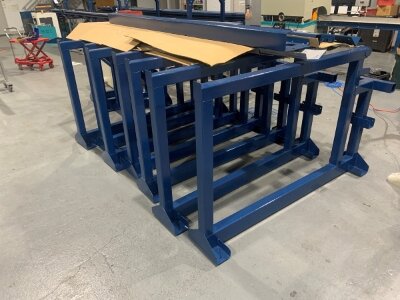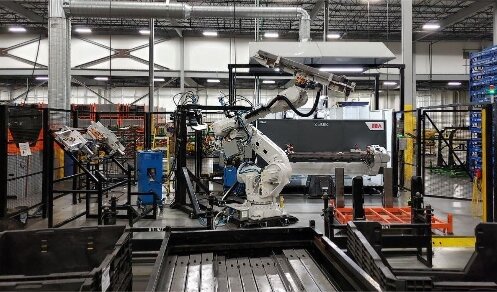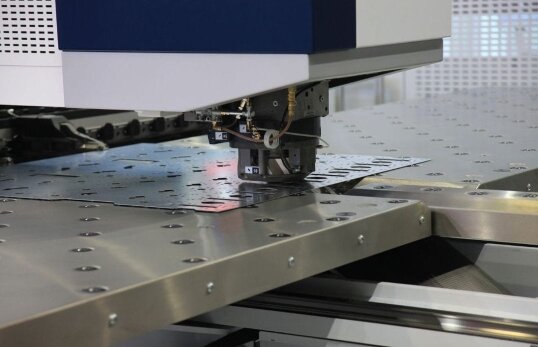Do you need help quickly producing plastic parts for prototyping or small-scale production? Traditional injection molding can be slow and expensive for low volumes. Rapid injection molding offers a solution. This innovative process combines speed, flexibility, and cost-effectiveness to meet your urgent production needs.
Rapid injection molding is a manufacturing technique that creates plastic parts quickly using aluminum molds. It’s ideal for prototyping and small to medium production runs. The process uses computer-aided design (CAD) and CNC machining to produce molds faster than traditional steel tooling.
This method bridges the gap between 3D printing and high-volume injection molding. It offers faster turnaround times, lower costs for small batches, and the ability to test designs before committing to full-scale production.
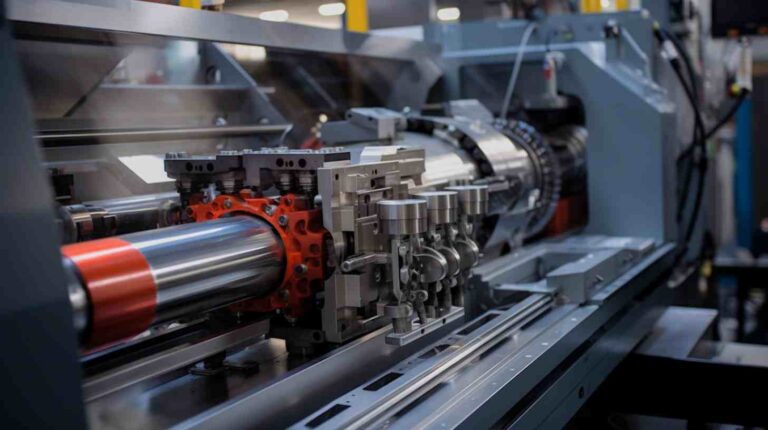
Understanding Rapid Injection Molding
What is Rapid Injection Molding?
Rapid injection molding is a fast-paced manufacturing process. It creates plastic parts quickly using temporary molds. This method is perfect for prototypes and small production runs. It combines speed and quality, making it a go-to choice for many industries.
Evolution of Injection Molding Technologies
Injection molding has come a long way since its early days. Traditional methods used steel molds, taking weeks to produce. Rapid injection molding changed the game. It introduced aluminum molds and advanced CAD/CAM technologies. These innovations cut production time from weeks to days.
Key Differences: Rapid vs. Traditional Injection Molding
Rapid injection molding stands out from traditional methods in several ways. Speed is the most apparent difference. Rapid molding can produce parts in days, while traditional methods often take weeks or months.
Material choice is another critical factor. Rapid molding typically uses aluminum molds, which are faster to produce than steel ones. This allows for quicker turnaround times and lower costs for small to medium-sized production runs.
Flexibility is also a significant advantage of rapid injection molding. It’s easier to make design changes or try different materials. This makes it ideal for prototyping and small-batch production.
The Rapid Injection Molding Process
Overview of the Process Steps
Rapid injection molding follows a streamlined process. Let’s break it down step by step.
Design and Prototyping
The process starts with a 3D CAD model. Engineers refine the design for manufacturability. They run simulations to predict potential issues. This step ensures the final product meets all specifications.
Mold Creation
CNC machines carve the mold from aluminum blocks. This step is quick and often completed in days. The mold includes cooling channels and ejector pins. These features help produce high-quality parts efficiently.
Material Selection
Choosing the suitable plastic is crucial. Factors like strength, flexibility, and heat resistance guide this decision. Common materials include ABS, polypropylene, and nylon. Each offers unique properties suited for different applications.
Injection and Cooling
Molten plastic is injected into the mold at high pressure. It fills every cavity and detail. The mold then cools, allowing the plastic to solidify. Cooling time varies based on part size and material.
Part Ejection and Finishing
Once cooled, the part is ejected from the mold. Some parts may need minor finishing. This could include removing excess material or adding surface treatments.
Advanced Techniques in Mold Design
Modern mold design incorporates advanced features. These include conformal cooling channels and optimized gate locations. Such innovations improve part quality and reduce cycle times.
Software Tools for Efficiency
We use specialized software throughout the process. These tools simulate material flow, predict shrinkage, and optimize mold design. They help us achieve higher quality and efficiency in production.
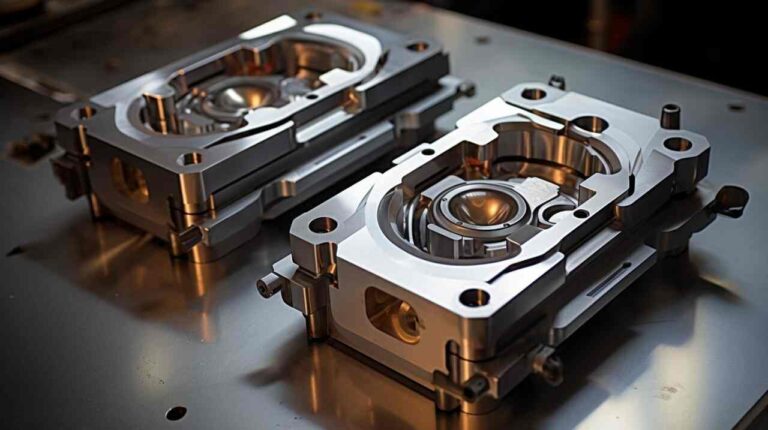
Materials and Equipment
Types of Materials Used in Rapid Injection Molding
Rapid injection molding works with various thermoplastics. Common choices include:
- ABS (Acrylonitrile Butadiene Styrene)
- Polypropylene (PP)
- Polyethylene (PE)
- Polycarbonate (PC)
- Nylon (PA)
- Acetal (POM)
Each material offers unique properties. This variety allows for a wide range of applications.
Comparing Material Properties and Applications
Materials differ in strength, flexibility, and heat resistance. For example:
- ABS is tough and impact-resistant. It’s excellent for electronics housings.
- PP is chemical-resistant and lightweight. It’s ideal for food containers.
- PC offers high clarity and strength. It’s perfect for medical devices.
Choosing a suitable material is crucial. It affects the part’s performance and durability.
Overview of Injection Molding Machines
Hydraulic vs. Electric Machines
Injection molding machines come in two main types: hydraulic and electric. Hydraulic machines use oil pressure to generate force. They’re powerful but can be less precise than electric machines.
Electric machines use servo motors for movement. They offer higher precision and energy efficiency. However, they can be more expensive upfront.
Key Features of Modern Molding Machines
Today’s molding machines are highly advanced. They feature precise control systems for temperature, pressure, and speed. Many also include robotic arms for part removal and quality control systems.
These features allow for greater consistency and quality in production. They also reduce the need for manual intervention, increasing efficiency and reducing costs.
Applications of Rapid Injection Molding
Industrial Applications
Rapid injection molding shines in industrial settings. It produces parts for:
- Machinery components
- Pumps and valves
- Electrical enclosures
- Tool housings
- Jigs and fixtures
These parts often need high precision and durability. Rapid molding delivers both quickly and cost-effectively.
Medical and Pharmaceutical Applications
The medical field benefits significantly from this technology. It’s used for:
- Disposable medical devices
- Drug delivery systems
- Surgical instruments
- Medical Casters
- Diagnostic equipment parts
- Prosthetic components
Rapid molding meets strict medical standards. It allows for quick prototyping and small-batch production of critical devices.
Automotive Industry Uses
Automakers use rapid injection molding for:
- Interior trim pieces
- Prototype parts for testing
- Small exterior components
- Electrical connectors
- Fluid reservoirs
This method helps car manufacturers innovate faster. They can test new designs quickly before total production.
Consumer Products and Electronics
In the consumer world, rapid molding creates:
- Smartphone cases
- Wearable tech housings
- Toy prototypes
- Home appliance parts
- Sports equipment components
It allows companies to bring products to market faster. They can test designs with real consumers before mass production.
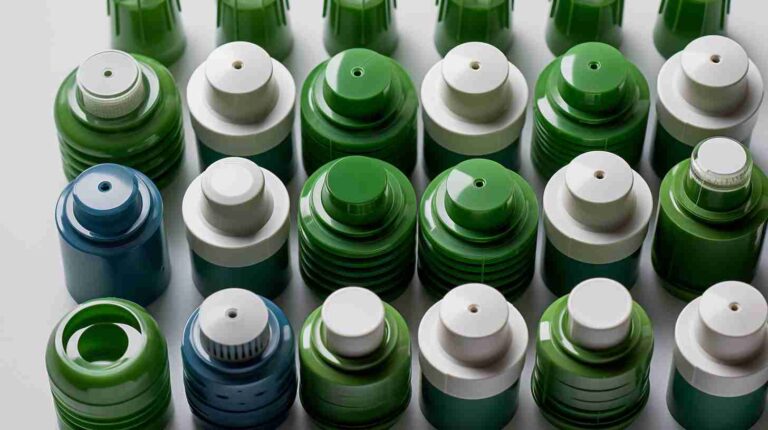
Benefits and Limitations
Advantages of Rapid Injection Molding
Rapid injection molding offers numerous benefits:
- Quick turnaround times
- Cost-effective for small to medium runs
- High-quality parts comparable to traditional molding
- Design flexibility and easy modifications
- Bridging the gap between prototyping and mass production
These advantages make it a go-to choice for many projects. It’s beneficial when time-to-market is crucial.
Limitations and Challenges
Despite its benefits, rapid injection molding has some limitations:
- Higher per-part cost for large volumes
- Limited lifespan of aluminum molds
- Restricted material options compared to traditional molding
- Size limitations for parts
- Less suitable for complex geometries
Understanding these constraints helps in deciding when to use this method.
Overcoming Common Issues
We’ve developed strategies to address these challenges. We often use rapid molding for initial runs for more extensive production needs, then transition to traditional methods.
To expand material options, we continuously test new formulations. This allows us to offer a broader range of plastics suitable for rapid molding.
For size limitations, we sometimes use modular designs. This allows us to produce larger assemblies from smaller, rapidly molded components.
Conclusion
Rapid injection molding is transforming manufacturing. It offers speed, flexibility, and cost-effectiveness that traditional methods can’t match.
This process opens up new possibilities for product development. It allows for quick prototyping and small-batch production. Companies can now bring ideas to market faster than ever before.
As technology advances, we expect even more improvements. Faster machines, new materials, and innovative software will push the boundaries further. The future of manufacturing is bright, and rapid injection molding is leading the way.
FAQs
What is the typical cost of a rapid injection molding project?
The cost varies based on several factors. These include part size, complexity, material choice, and production volume. Generally, rapid injection molding is more cost-effective for small to medium runs.
For a simple part, costs start at around $1,500 for tooling and a small production run. More complex projects can range from $5,000 to $25,000 or more. Requesting a quote for accurate pricing based on your specific needs is best.
How long does it take from design to production?
The timeline for rapid injection molding is significantly shorter than that of traditional methods. Typically, we can move from design to production in 2-4 weeks.
This breaks down roughly as follows:
- Design review and finalization: 2-3 days
- Mold creation: 5-10 days
- Material selection and testing: 2-3 days
- Production setup and initial run: 3-5 days
Timelines can vary based on project complexity and current workload.
Can rapid injection molding be used for large-scale production?
Rapid injection molding is primarily designed for low to medium-volume production. It’s ideal for runs of a few hundred to several thousand parts.
Traditional injection molding often becomes more cost-effective for large-scale production (tens of thousands or more). However, rapid molding can be used for initial production while scaling up to full-scale manufacturing.
What are the environmental impacts of rapid injection molding?
Rapid injection molding can have some environmental benefits compared to traditional methods. The process often uses less material and energy due to its efficiency and shorter production times.
Aluminum molds used in rapid molding are recyclable, unlike steel molds. Many plastics can also be recycled or are available in eco-friendly versions.
However, like all plastic production, it does have environmental impacts. We strive to minimize these by using efficient processes, recycling materials where possible, and offering biodegradable plastic options when suitable.
Hey, I'm Kevin Lee

For the past 10 years, I’ve been immersed in various forms of sheet metal fabrication, sharing cool insights here from my experiences across diverse workshops.
Get in touch

Kevin Lee
I have over ten years of professional experience in sheet metal fabrication, specializing in laser cutting, bending, welding, and surface treatment techniques. As the Technical Director at Shengen, I am committed to solving complex manufacturing challenges and driving innovation and quality in each project.

